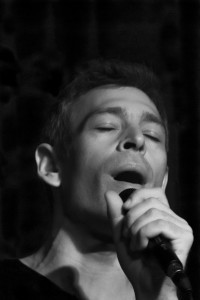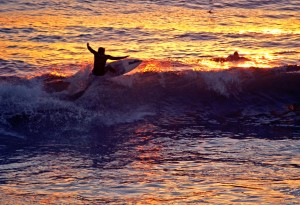
Working as a photojournalist for The Universe allows me to take photos of subjects I might not otherwise photograph, to tell the stories I might now otherwise get to tell. In one weekend, I shot an outdoor art event, a concert, a scavenger hunt and a BYU women’s soccer game. Each of these assignments brought specific challenges to produce print-quality images.
I hope to teach you some key techniques to produce quality images in any situation using a dslr camera.
First and foremost is to think about your objective. What are you trying to accomplish by making photos?
In earlier years I was of the disposition to shoot whatever interested me; there is a place for that but not necessarily in event photography. I’m not saying you cannot or should not shoot what interests you. I’m saying that if something interests you, engage your mind a little bit more. Why does it interest you? What aspect are you trying to capture? If you can keep this in mind it will give you a direction you can modify as you decide what the story is you want to tell.

Another concept to be aware of is perception. Many of us, when we make pictures, stand and hold the camera standing at standing-eye level. This is the view we normally view the world from; it’s hard to make interesting images because of this reason. Change your perspective, and you will create unique images in ways that will cause people to stop and evaluate your photo. Get low, get high, get close, be far away.
The background of an image is crucial. Pay attention to the space behind you subject. Often a perfect action shot of your subject can be ruined by a telephone pole seemingly sticking out of their head or something similar. The world is a messy beautiful place; photography tries to capture some of the mess in a beautiful way. When viewing the world with our naked eye we are very forgiving of simple distractions. In a photo these same distractions scream at you, competing for your attention with your subject. Finding a clean background for your subject allows the viewer to focus on whatever it is you intended.
What do you do if there is no clean background? Fortunately there are a few tricks you can use. Dial your aperture to the lowest f-stop you can while maintain a proper exposure, get back, then zoom in. This will allow you to create a narrow depth of field, meaning that naturally everything behind your subject will blur out. If you are not comfortable using your camera in manual mode, an automatic setting to do this is called aperture priority mode. Often this setting is located on top of the camera on a dial and labeled with an A. If you cannot find this mode, refer to your cameras manual.

Using these three tips will help boost the quality of your images. If you have questions about anything, please comment.




